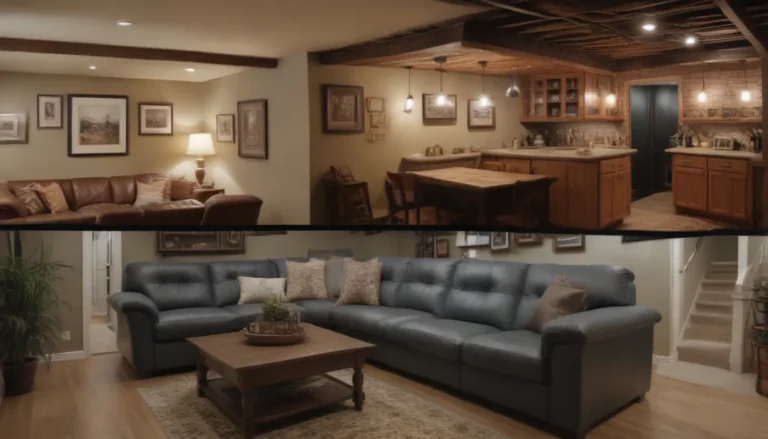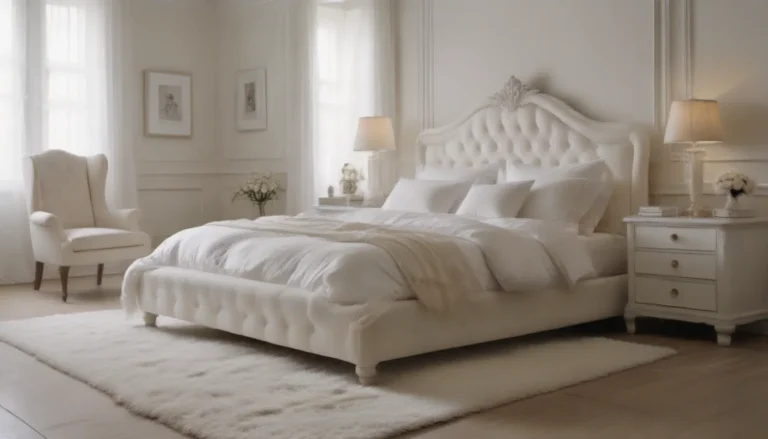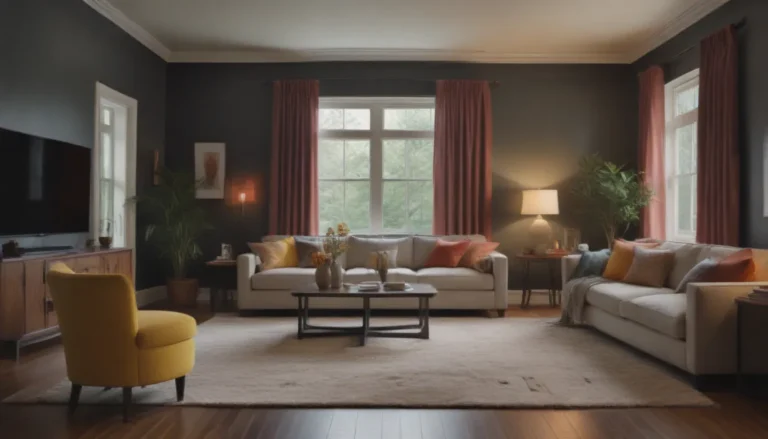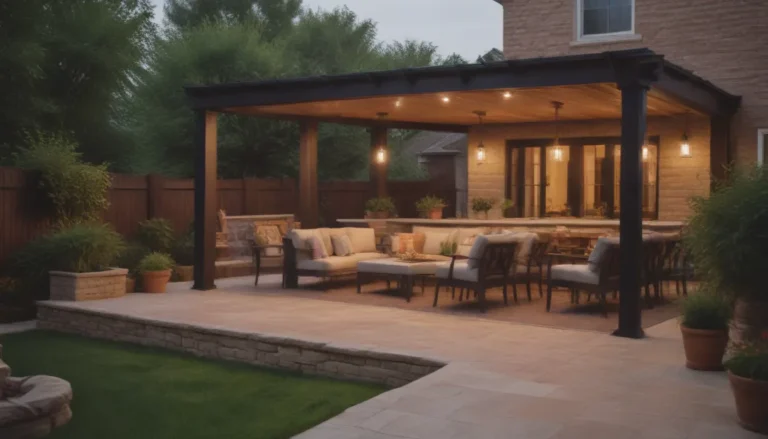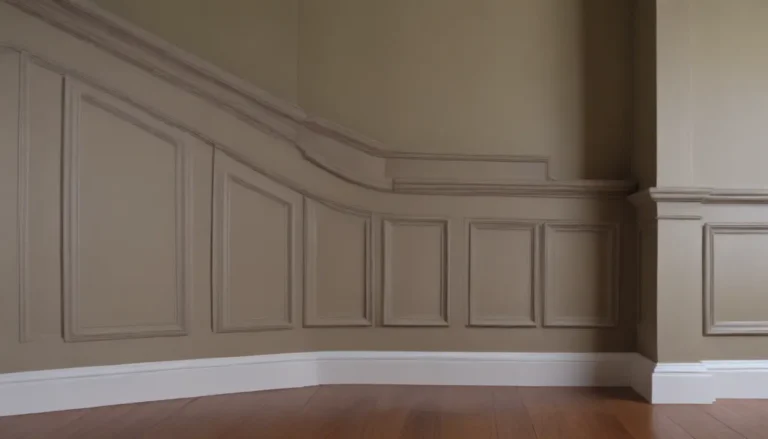Exploring the Charm of Keeping Rooms
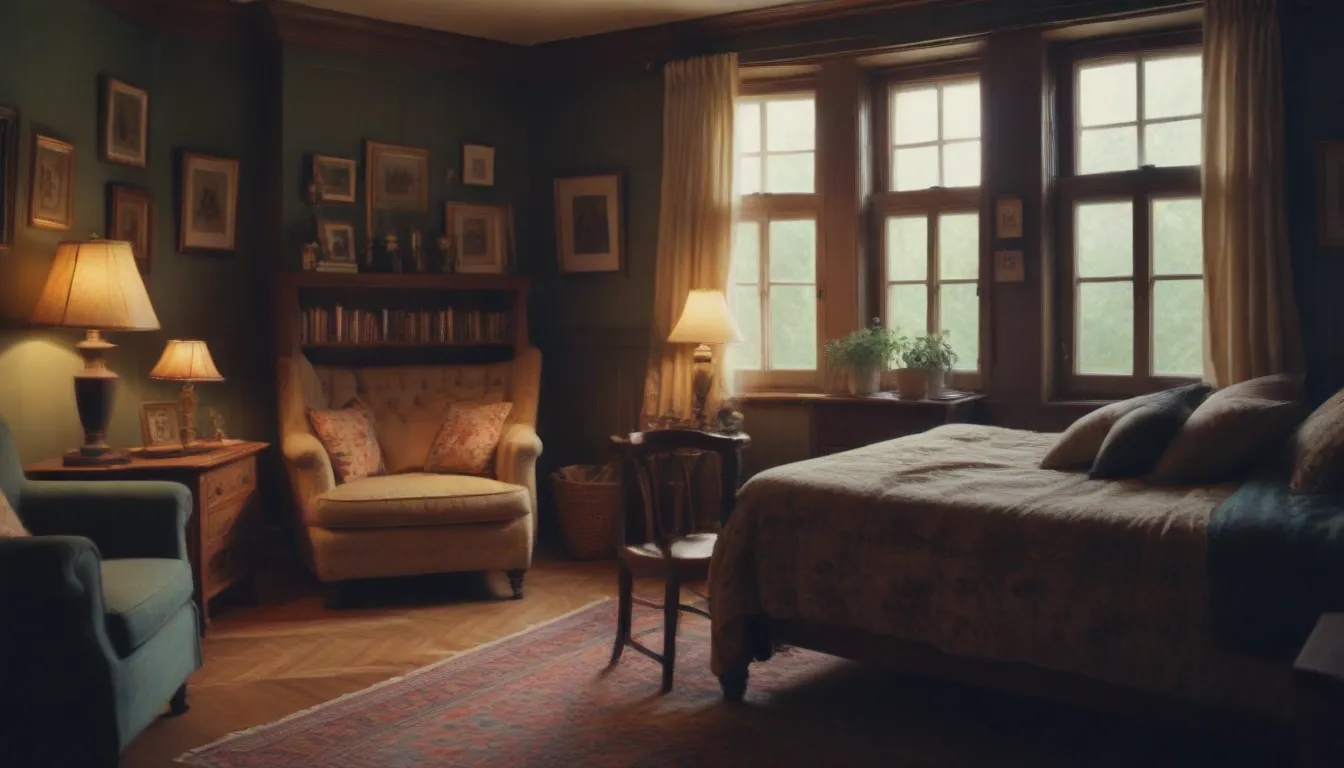
Are you intrigued by the concept of keeping rooms, a historical gem making a comeback in modern homes? If so, you’re not alone! Keeping rooms, commonly found in Colonial style homes, have seen a resurgence in popularity in both renovations and new builds. These versatile spaces, located adjacent to the kitchen, offer a cozy retreat for families and guests to gather. In this comprehensive guide, we’ll delve into the origins of keeping rooms, design tips from experts, and alternatives for those without this dedicated space in their homes. Whether you’re looking to create your own keeping room or simply learn more about this traditional feature, read on to discover all you need to know.
Unveiling the Experts
Let’s start by introducing the experts who will guide us through the world of keeping rooms:
- Karen Wolf: An interior designer and the Creative Principal of k+co LIVING.
- Noel Gatts: An interior designer, HGTV personality, and owner of beam & bloom interiors.
- Caroline Moore: A designer and interiors specialist at Case Architects & Remodelers.
A Peek into History and Purpose
Keeping rooms have stood the test of time, with a rich history dating back centuries. Traditionally, these rooms provided a gathering space for family and friends near the kitchen’s fireplace or hearth, the primary source of heat in a home. While advancements like HVAC systems have reduced the necessity for proximity to the kitchen for warmth, the allure of a fireplace in a cozy keeping room remains strong. According to Caroline Moore, Case Architects & Remodelers, the enduring appeal of keeping rooms lies in the desire for guests and family members to be near the chef during gatherings and meal preparations.
Decoding the Name: Why “Keeping Room”?
The term “keeping room” stems from its original function as a space to keep everyone warm by being close to the kitchen’s heat source. It served as a cozy retreat where families could gather and enjoy the warmth emanating from the kitchen.
Designing Your Keeping Room: Furnishing Tips
For those fortunate enough to have a keeping room in their home, Caroline Moore offers insightful tips on furnishing this unique space. She recommends opting for softer, more comfortable furniture such as sofas or cushioned chairs, along with a versatile table that can serve various purposes beyond dining. Today’s keeping rooms can cater to a modern family’s diverse needs, whether it’s playing games, completing homework, or simply relaxing while staying connected to the kitchen activities.
Alternatives to Keeping Rooms
If your home doesn’t feature a designated keeping room, fret not! Many houses today utilize breakfast areas as informal keeping rooms, where multiple activities like meals, homework, and casual gatherings take place. Caroline Moore suggests incorporating storage solutions like hutches to maintain a clutter-free space that seamlessly transitions between different functions. For those building a new home, she advocates for including a modern keeping room to streamline daily activities without the need for constant rearrangements.
Another popular alternative to traditional keeping rooms is the use of kitchen islands as gathering spaces. By strategically designing the island with under-counter storage and seating configurations that encourage interaction, you can create a functional space that serves multiple purposes without compromising the cooking process.
Distinguishing Keeping Rooms from Family Rooms and Living Rooms
If you’re wondering how keeping rooms differ from family rooms and living rooms, Caroline Moore provides valuable insights. Keeping rooms are uniquely situated adjacent to the kitchen, offering versatile seating areas for various activities while maintaining a connection to culinary happenings. In contrast, family rooms typically serve as casual spaces for relaxation and entertainment, often located at the back of the house. Living rooms or sitting rooms, on the other hand, exude a more formal ambiance and are typically positioned at the front of the home for hosting guests sans distractions like TVs or children’s toys.
However, Moore suggests that you can repurpose a formal living room into a cozy keeping room by removing barriers between the kitchen and living space. This creative solution allows for a seamless flow between the culinary hub and a relaxed gathering area, enhancing the home’s functionality and comfort.
In conclusion, keeping rooms offer a timeless charm and practicality that continues to attract homeowners seeking a warm and inviting space to connect with family and friends. Whether you’re incorporating a traditional keeping room into your home design or exploring alternative setups like kitchen islands, embracing the essence of these cozy retreats can transform your living space into a hub of comfort and togetherness.
